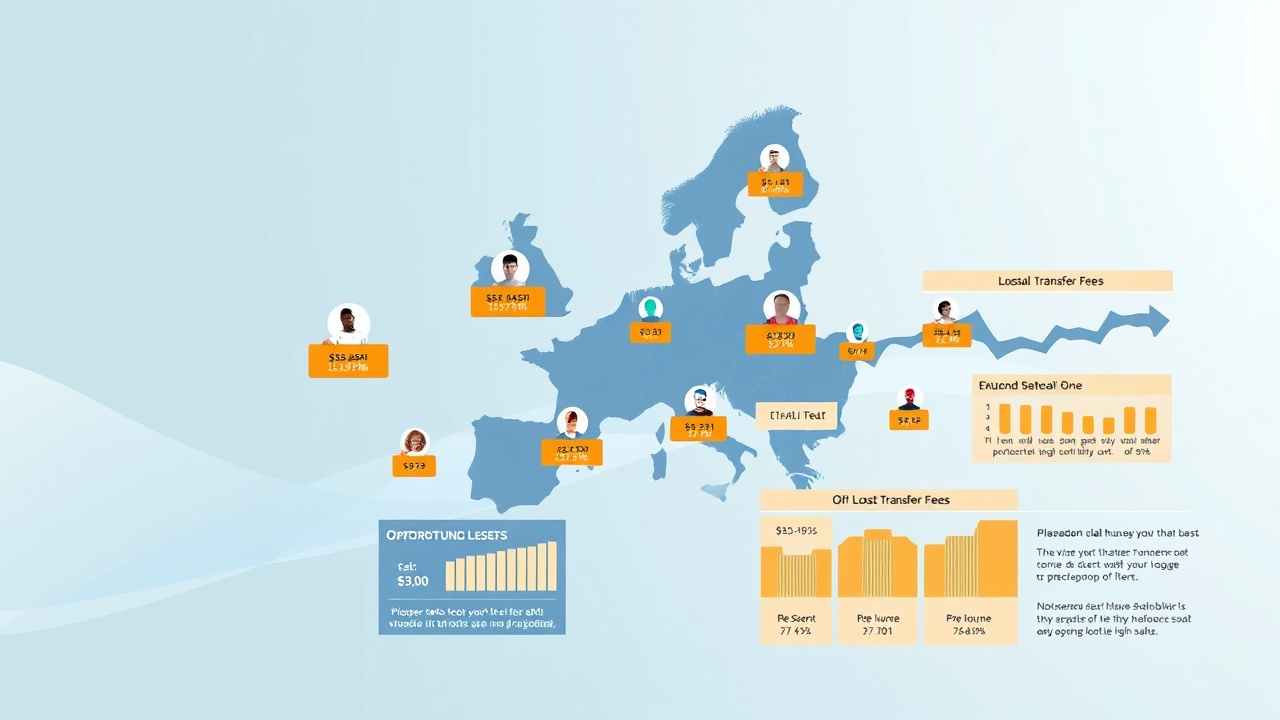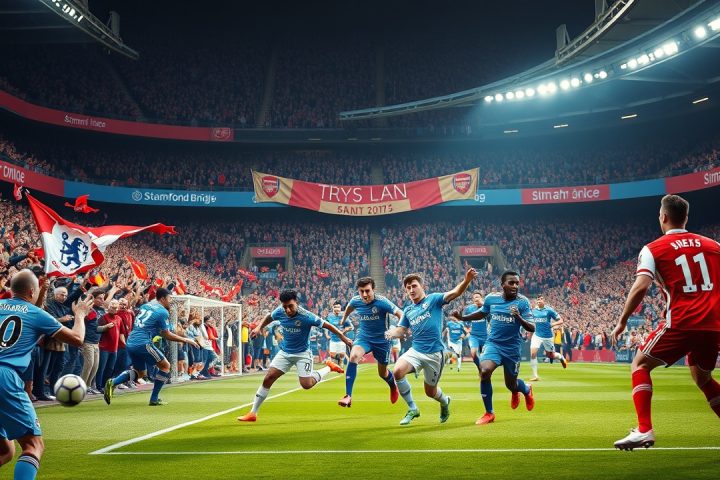Arsenal’s Recent Transfers
Arsenal has recently acquired England international Noni Madueke from Chelsea, who earlier in the month welcomed Brazilian Joao Pedro from Brighton & Hove Albion. However, only Joao Pedro counts as a ‘homegrown player’ under Premier League regulations.
Understanding Homegrown Player Criteria
The definition of a homegrown player is based not on nationality or age, but rather on having been registered with clubs affiliated with the Football Association (FA) or the Football Association of Wales (FAW) for a minimum of three seasons before reaching the age of 21.
Madueke, who transitioned from Tottenham Hotspur to PSV Eindhoven during his youth career, fails to meet the homegrown criteria. In contrast, Joao Pedro qualifies because he joined Watford at age 18. This distinction may seem minor, but it holds significant importance for Premier League clubs as they prepare their squads for the upcoming season.
Squad Composition Regulations
Following the close of the transfer window on September 1, teams must submit a roster comprising up to 25 players, with a restriction of a maximum of 17 players who do not comply with the homegrown definition. This leaves clubs with a potential eight slots available for homegrown players. While clubs are not obligated to fill a full 25-player roster, they must adhere to the framework regarding homegrown status. For example, a squad may consist of 21 players with 16 being non-homegrown.
It’s important to note that players under the age of 21, specifically those born on or after January 1, 2004, are exempt from this 25-man count, allowing them to participate in Premier League matches without affecting the squad composition. As they age and if they were born after this cutoff, they will be classified as either homegrown or non-homegrown players. Teams that face a shortage of homegrown players may lean on younger talent to fill their rosters during matches.
Managerial Preferences and Homegrown Player Statistics
Preference for squad size varies among managers; while some favor minimal rosters, others benefit from having additional options, especially in light of the demands posed by competing in multiple tournaments throughout the season. In fact, the previous campaign saw Arsenal, Manchester United, Liverpool, Manchester City, and Wolverhampton Wanderers each having just seven homegrown players, whereas Crystal Palace topped the list with 15 homegrown players, followed closely by Newcastle United with 14.
Current Club Situations
A look into the Premier League standings reveals the situation regarding homegrown players as clubs finalize their lineups ahead of the summer transfer dealings. Teams with fewer homegrown athletes might have an increased interest in signings that fulfill this requirement. Additionally, as some clubs approach the limit of 17 non-homegrown players, they may be forced to sell or loan out players to meet compliance.
Currently, Everton stands out with only seven non-homegrown players on its roster, facilitating their capacity to add new faces. In contrast, Manchester City experienced notable departures among their homegrown athletes, including goalkeeper Scott Carson, who has since been replaced by Chelsea’s Marcus Bettinelli, and Kyle Walker, with uncertainty surrounding the futures of Jack Grealish and James McAtee. Despite this, City continues to carry 20 non-homegrown players, exceeding the allowable limit.
This summer, Wolverhampton Wanderers capitalized on transfer opportunities by offloading non-homegrown players Matheus Cunha and Ait-Nouri for a combined total of £95million ($127.4m), yet they still face an excess of three non-homegrown players after acquiring Fer Lopez.




